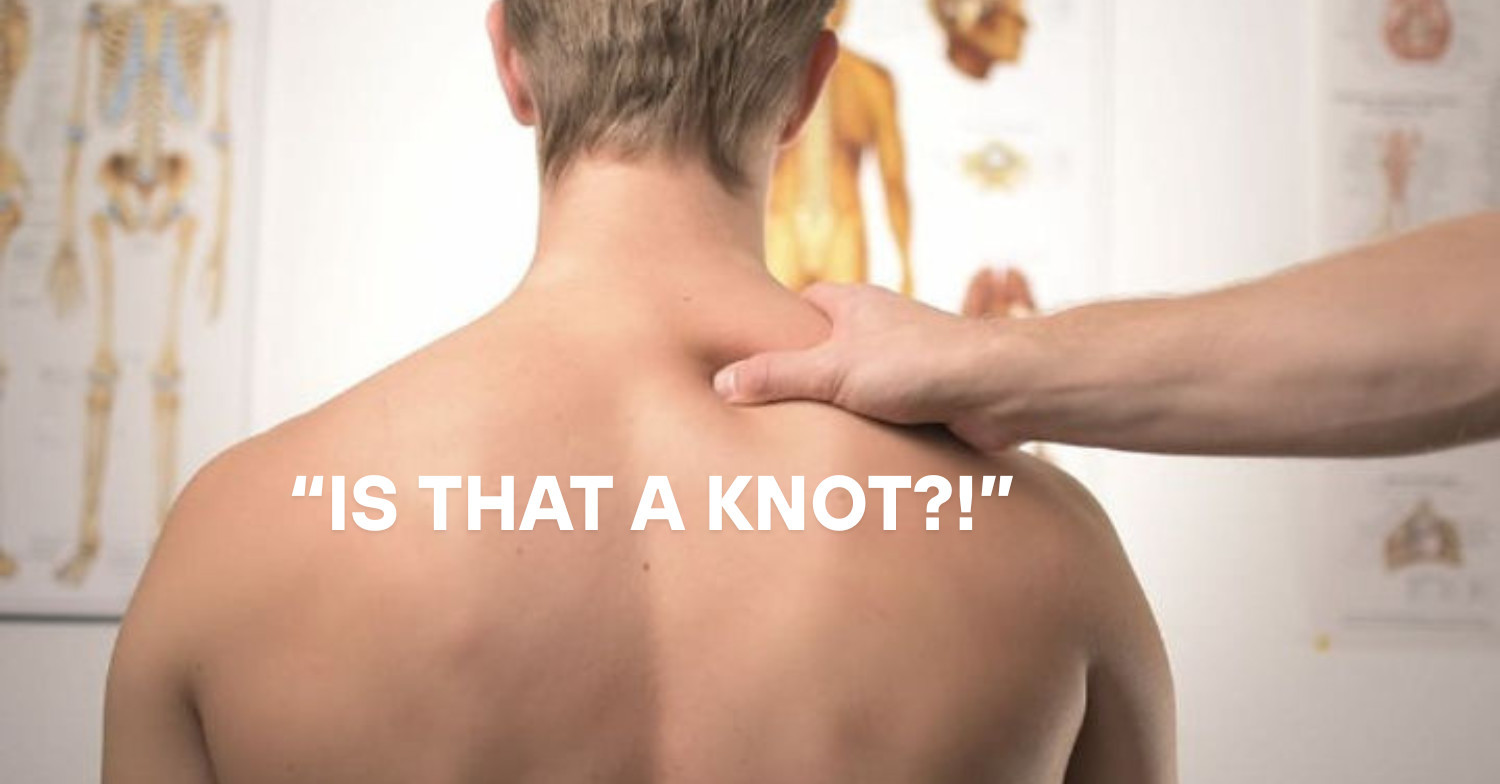
As a chiropractor, one of the most common questions I hear from my patients almost daily is, “Why do I have so many knots in my back?” It’s a frustrating and sometimes painful issue that many people experience, often without understanding the root cause. These knots, known as myofascial trigger points, can cause discomfort, restricted movement, and even referred pain in other areas of the body. At Altus Chiropractic in South Tampa, we help patients understand and treat these stubborn muscle knots through expert chiropractic care and soft tissue therapy.
What Are Trigger Points?
Trigger points are hyperirritable spots within a muscle that feel like small, tender nodules or tight bands. These knots form when muscle fibers contract and fail to relax, creating localized pain and tension. Research suggests that trigger points can develop due to:
-
Muscle Overuse: Repetitive activities or poor posture can overload muscles, leading to tightness and trigger point formation.
-
Stress and Tension: Emotional and physical stress contribute to muscle stiffness and increased sensitivity to pain.
-
Injury or Trauma: Direct muscle injuries or prolonged immobility can create dysfunctional muscle patterns.
-
Nutritional Deficiencies: Lack of essential nutrients such as magnesium and vitamin D can impair muscle function and increase trigger point sensitivity.
How to Prevent Trigger Points
While trigger points can be stubborn, there are effective ways to prevent and manage them:
-
Practice Good Posture: Maintain proper spinal alignment, especially if you sit for long periods.
-
Stay Hydrated: Dehydration can lead to muscle stiffness and trigger point formation.
-
Stretch and Move Regularly: Gentle stretching and movement throughout the day prevent muscle tightness.
-
Strengthen Your Muscles: Engaging in resistance exercises helps balance muscle function and reduces stress on overworked areas.
-
Manage Stress: Relaxation techniques such as deep breathing, yoga, or meditation can reduce muscle tension.
-
Get Regular Chiropractic Care: Spinal adjustments and manual therapy can release tight muscles and improve overall mobility.
Tools to Help Prevent and Alleviate Muscle Knots
There are several items that can help you manage and prevent muscle knots at home:
-
Foam Roller: A foam roller helps break up tight muscle tissue and improve circulation. Using a foam roller on your back, shoulders, and legs can help relieve tension and prevent trigger points from forming.
-
Trigger Point Ball: A small, firm ball (such as a lacrosse ball or massage ball) can be used for self-myofascial release. By applying pressure to specific trigger points, you can help release tight muscles and reduce discomfort.
-
Massage Gun: A handheld percussion massage device can help target deep muscle knots and improve blood flow to tight areas.
-
Ergonomic Chair and Desk Setup: If you sit for long hours, an ergonomic chair and proper desk setup can help reduce muscle strain and prevent poor posture that leads to trigger points.
-
Heating Pad or Warm Compress: Applying heat to tight muscles can help increase blood flow and relax the tissue, making it easier to release knots.
How We Treat Muscle Knots at Altus Chiropractic
At Altus Chiropractic in South Tampa, we offer a variety of treatments to help alleviate muscle knots and restore optimal function. Our approach includes:
-
Chiropractic Adjustments: Spinal misalignments can contribute to muscle tension and trigger points. By realigning the spine, we help reduce stress on muscles and improve nervous system function.
-
Manual Therapy: Hands-on techniques such as deep tissue massage, myofascial release, and stretching help break up knots and promote muscle relaxation.
-
Extracorporeal Shock Wave Therapy (ESWT): This cutting-edge treatment is performed with a handheld device that uses either pressurized air or electromagnetic pulses to deliver shock waves to injured tissue. The waves break up scar tissue and stimulate blood flow to trigger your body’s natural healing ability. The procedure lasts only a couple of minutes and may be mildly uncomfortable during or after treatment. ESWT has been shown to:
-
Reduce Chronic Muscle Knots: By breaking up adhesions and scar tissue, ESWT helps release persistent trigger points.
-
Improve Circulation: Increased blood flow enhances tissue repair and reduces inflammation.
-
Enhance Mobility and Function: By loosening tight muscles and breaking up fibrotic tissue, ESWT helps restore movement and flexibility.
-
Provide Long-Term Relief: Unlike temporary pain relief methods, ESWT addresses the root cause of chronic muscle tension and encourages long-term healing.
-
Try This Movement: Wall Angels
One of the best exercises to help prevent and relieve muscle knots is the Wall Angel exercise. This movement helps improve posture, strengthen upper back muscles, and reduce tension buildup. Here’s how to do it:
-
Stand with your feet approximately shoulder-width apart, keeping your head and back flat against a wall.
-
Bring your arms out to your sides at shoulder height and bend your elbows to 90 degrees.
-
While keeping your shoulders, arms, and the backs of your palms touching the wall, slowly raise your arms overhead, extending into a wide “V” shape.
-
Bend your elbows and slide your arms back to the starting position.
-
Repeat 3 sets of 10 repetitions daily, or as otherwise directed.
This simple yet effective movement helps reinforce proper posture and reduces muscular stress that contributes to trigger points.
Get Relief at Altus Chiropractic in South Tampa
If persistent muscle knots are affecting your daily life, our chiropractic team at Altus Chiropractic is here to help. Through hands-on techniques, targeted muscle release, and advanced treatments like ESWT we provide solutions to relieve pain and prevent trigger points from recurring.
%20(6).png)


